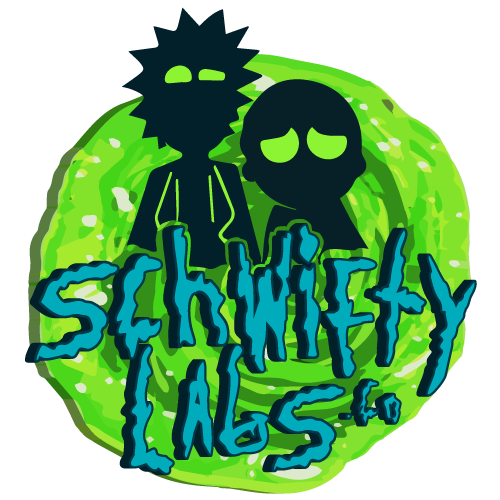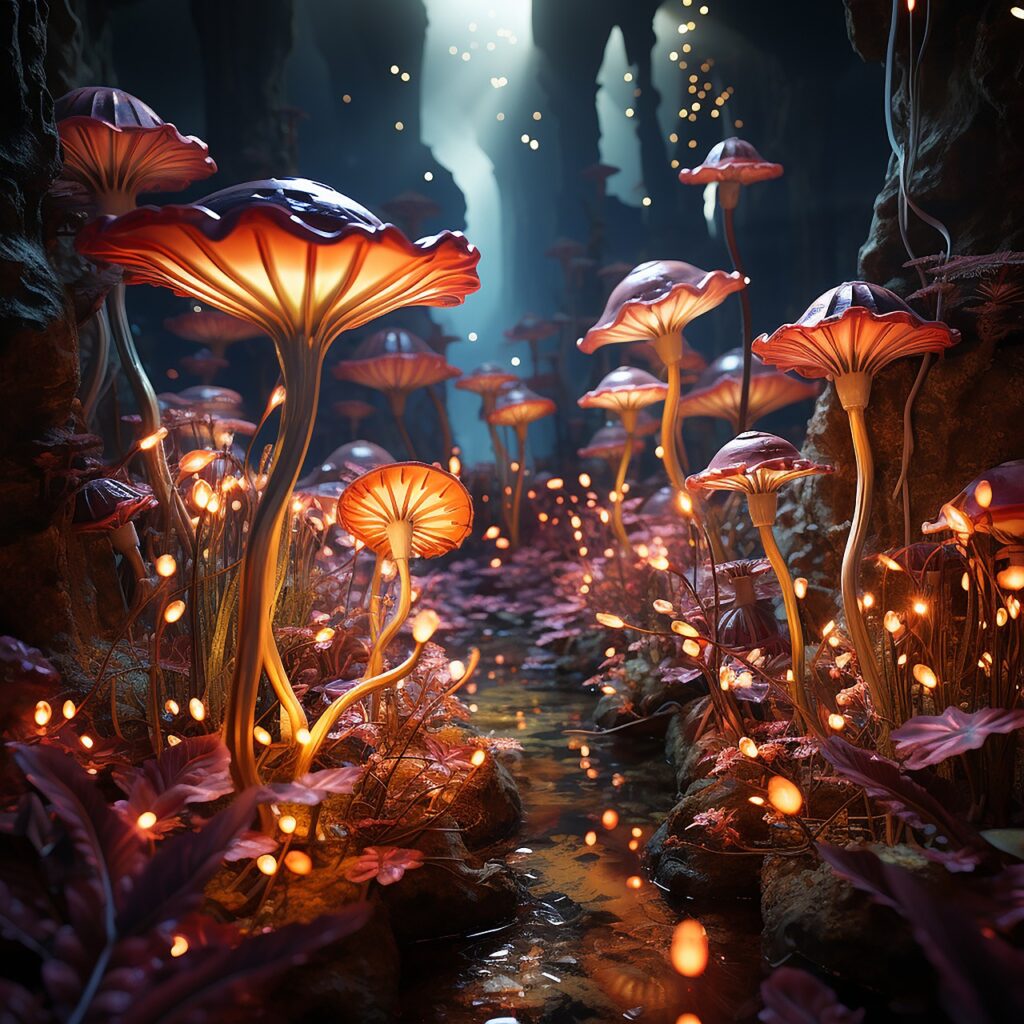CBD, LSD, Magic Mushrooms
LSD Edibles and Default Mode Network Suppression: What Does It Really Mean?
Psychedelics are capturing the world’s imagination once again, and LSD is leading the way — but not just in its traditional form. Today, many people are experimenting with LSD edibles, which deliver the psychedelic compound in gummies, chocolates, or other treats that feel familiar to fans of THC edibles or shroom edibles.
But beyond the colorful visuals and mind-bending experiences lies something much deeper — a unique effect on the brain’s default mode network (DMN). This term might sound technical, but understanding it can help explain why LSD — and especially LSD edibles — can feel like a mental reset or even a spiritual awakening.
So, what is the DMN? Why does LSD suppress it? And what does it mean for our brains, mental health, and the future of psychedelics?
What is the Default Mode Network?
The default mode network is a group of interconnected brain regions that are most active when we’re awake but not focused on the outside world. Think of times when you’re daydreaming, worrying about the future, reflecting on the past, or judging yourself — that’s your DMN at work. It’s like the brain’s autopilot for self-referential thinking.
While this network helps us develop a sense of self and reflect on our lives, an overactive DMN is linked to problems like depression, anxiety, rumination, and rigid thinking patterns. It’s like being stuck in mental loops that are hard to break.
How LSD Edibles Suppress the DMN
LSD works by binding to serotonin receptors in the brain — mainly the 5-HT2A receptor. This kicks off a series of effects that change how different brain regions communicate.
When you consume LSD edibles, the psychedelic compound is absorbed through your digestive system, so it may take longer to kick in than traditional blotter LSD. However, the effect on the brain is the same: LSD disrupts the normal activity of the DMN, quieting this self-focused chatter and allowing other parts of the brain to connect in unusual and creative ways.
The Brain on LSD: Breaking the Ego Loop
When the DMN quiets down under LSD’s influence, other brain networks that usually don’t communicate freely begin to synchronize. This is what creates the classic psychedelic experience — vivid visuals, unusual thoughts, spiritual insights, and the feeling that your sense of self is dissolving into something bigger.
Many people describe this as an ego death, where the normal boundaries of “I” and “me” fade away. For some, this can feel terrifying. For others, it’s liberating — like dropping a heavy mental backpack you didn’t know you were carrying.
Why LSD Edibles May Feel Smoother
People who prefer LSD edibles over blotter often say the experience feels “smoother” and more gradual. Because the edible must be digested, the compound is absorbed more slowly, leading to a longer but gentler come-up. For some, this helps them ease into the ego-dissolving state that DMN suppression brings, rather than being launched into it all at once.
How This Compares to THC Edibles and Shroom Edibles
While THC edibles also change brain activity, they don’t strongly suppress the DMN the way LSD does. THC mostly works through the endocannabinoid system and can relax the mind, but it rarely causes ego loss or the same kind of deep, mystical experiences.
Shroom edibles, on the other hand, contain psilocybin, which — like LSD — binds to 5-HT2A receptors and reduces DMN activity. Many researchers believe this explains why psilocybin and LSD can both help people feel a deep sense of connection, creativity, and mental clarity that lasts long after the trip.
Why Does DMN Suppression Matter for Mental Health?
One of the most exciting parts of this research is what DMN suppression could mean for treating depression, anxiety, and PTSD. Many mental health conditions are linked to an overactive DMN — endless self-criticism, negative loops, and rigid thinking.
By temporarily quieting this network, LSD and other psychedelics may help the brain “reset,” allowing people to break free from unhealthy patterns and see themselves from a new perspective. This is why clinical trials are exploring LSD, psilocybin, and other psychedelics for therapy — sometimes alongside talk therapy to help integrate these breakthroughs.
The Future of LSD Edibles and Psychedelic Research
While LSD edibles are still underground in most places, they represent a growing interest in more approachable, consistent ways to explore psychedelics. As science learns more about the DMN and how its suppression can benefit mental health, we may see new forms of psychedelic treatments — from carefully dosed edibles to guided therapy sessions.
Final Thoughts
LSD edibles are more than just a trendy way to trip — they open a doorway to understanding how our brains create reality, identity, and mental barriers. By silencing the default mode network, LSD helps us step outside ourselves, experience the world in a new light, and perhaps even heal.
As research continues, the hope is that what we learn about the brain on psychedelics will help us unlock healthier, freer, and more connected lives — one mindful bite at a time.

